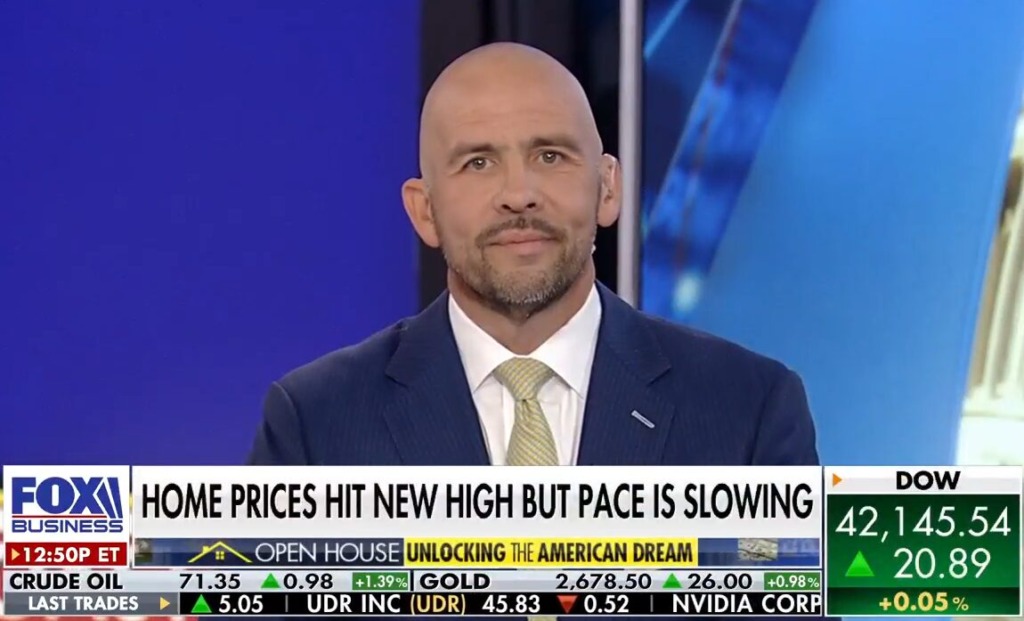
Congress passed a three-month continuing resolution on Wednesday, funding the government through Dec. 20 and avoiding a shutdown ahead of the Sept. 30 deadline. While this provides some temporary stability, lawmakers face additional fiscal challenges on the horizon—including the need for a long-term reauthorization of the National Flood Insurance Program (NFIP). (The Hill, Sept. 26)
What’s Next
National Flood Insurance Program (NFIP) Extended

Both the House and Senate are in recess and won’t return to Washington until Nov. 12, after the election.

The U.S. Environmental Protection Agency (EPA) is accelerating regulatory actions that will affect how real estate owners and developers design, install, and manage air conditioning systems that use refrigerants to cool buildings.
Hydrofluorocarbons (HFCs) Impact Climate Change
EPA Rule on HFC Leak Detection and Repair

Proposed Rule on HFC Transition
Yesterday, RER’s Sustainability Policy Advisory Committee (SPAC) held an educational session with members to start raising awareness about the new regulations (Slide deck). RER will continue to coordinate with the EPA as implementation of the HFC phase-down and transition unfolds.

The Federal Reserve’s recent decision to cut rates renewed optimism in the commercial real estate market, following a prolonged period of high interest rates and economic headwinds. This monetary easing is seen as critical to the CRE sector's path to recovery—reducing financing costs and helping stabilize property valuations.
Industry Insights


Housing Affordability at the Forefront
Rate cuts from the Fed are providing relief for both CRE and housing markets, but sustained recovery and resolution of the affordability crisis will require continued policy reform, increased housing supply, and greater collaboration between public and private sectors.